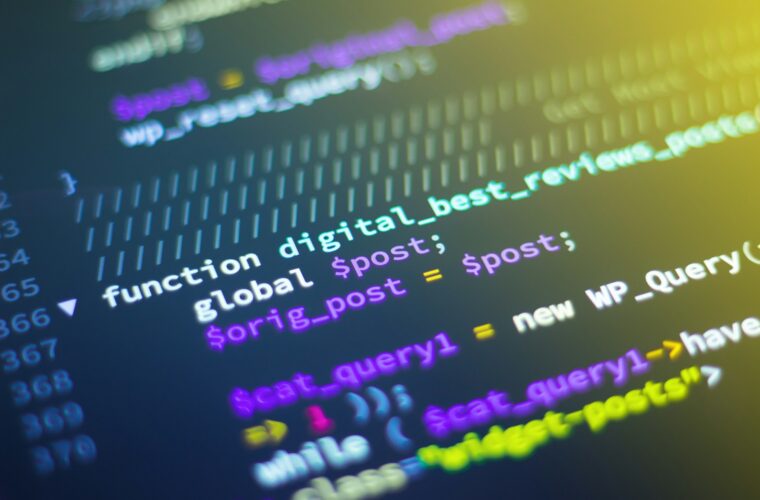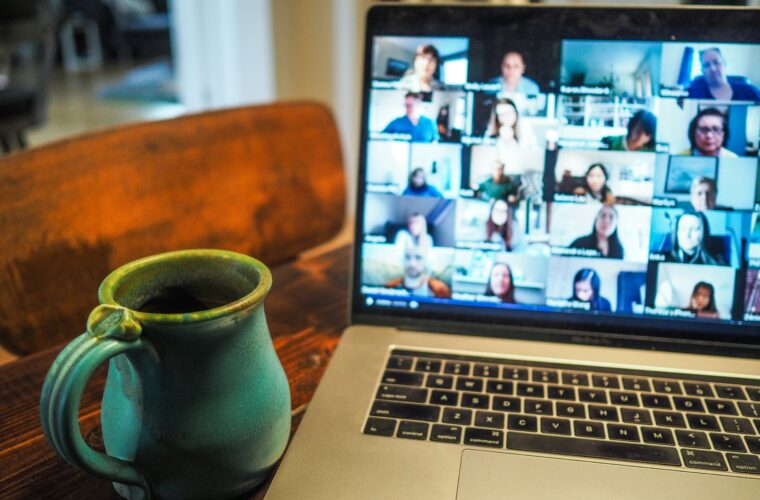Starting the New Year with a clear vision can set the tone for your success and happiness. One of the most effective and fun ways to focus on your goals is by creating a vision board. This simple project combines creativity with personal reflection to help you visualise your dreams and keep them at the forefront of your mind.
Step 1: Gather your materials: To make your vision board, you’ll need a board or large piece of paper, magazines, glue, scissors, and markers. You can also use photos, stickers, or any items that feel personal to you. Gather everything in one spot, and you are ready to begin.
Step 2: Reflect on your goals: Take a moment to think about what you want to achieve in the coming year. Consider areas like your career, health, relationships, or personal growth. Ask yourself questions such as, “What do I want my life to look like?” or “How do I want to feel?” Jot down your thoughts to guide you.
Step 3: Find visual inspiration: Flip through magazines or search online for images, quotes, and words that resonate with your goals. Choose visuals that represent your dreams and aspirations—whether it’s a peaceful beach for relaxation or a motivational quote for productivity.
Step 4: Arrange and create: Before you glue anything down, arrange your cutouts on the board. Play with the layout until it feels right. Once happy, glue and add personal touches with colours or decorations. Your vision board should inspire and energise you.
Step 5: Display your vision: Place your completed vision board somewhere you’ll see it daily, like your bedroom or workspace. Let it serve as a daily reminder of your goals and the life you’re working to create.
A vision board isn’t just a craft project—it’s a powerful tool for self-belief and manifestation. Start yours today and make this New Year your best yet!



